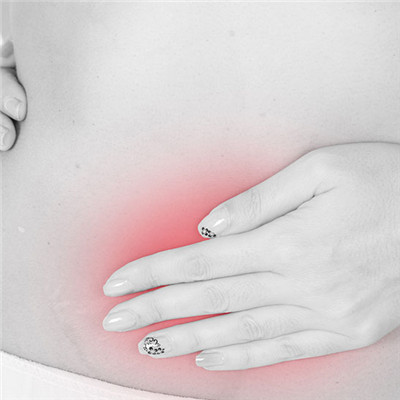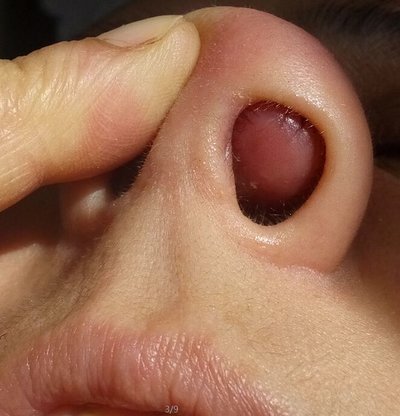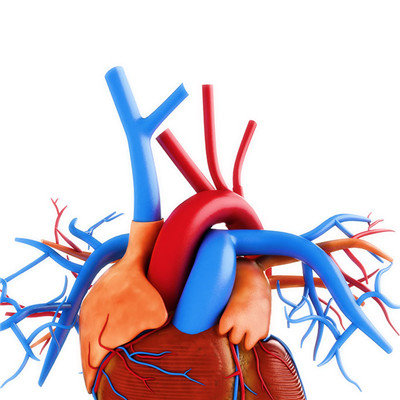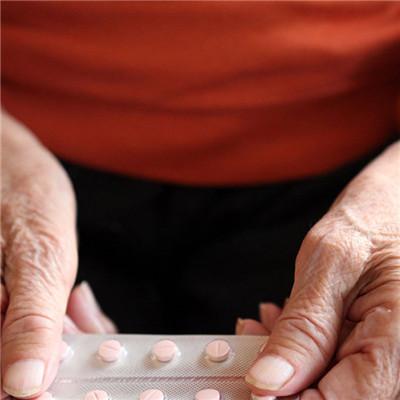Is chronic nephritis asymptomatic?
summary
Nephritis is a kind of multiple diseases, usually with occult blood proteinuria as the main symptoms, can be divided into primary acute glomerulonephritis, primary rapidly progressive glomerulonephritis, primary chronic glomerulonephritis, and primary occult glomerulonephritis four categories. The initial symptoms of all kinds of nephritis are not the same, then, what are the initial symptoms of nephritis? Let's talk about it.
Is chronic nephritis asymptomatic?
Nephritis can be generally divided into acute nephritis, progressive nephritis, chronic nephritis, occult nephritis four, for the initial symptoms of these kinds of nephritis are also biased, generally in addition to occult nephritis, the most initial symptoms of other types of nephritis have one characteristic, that is facial edema.

Edema is the first symptom of patients with nephritis, which usually starts from the face, and then involves the lower limbs. In severe cases, when opening eyes, closing eyes, clenching fists and walking, there is a sense of swelling in the eyelids, palms and feet.

There is oliguria, acute nephritis oliguria and edema at the same time, and deep color urine, daily urine volume can be less than 400 ml, individual patients and even no urine. Another 1 / 3 of the patients will have hematuria, eyes can find urine color is dark brown, usually for several days or even weeks. Acute progressive nephritis also has the characteristics of oliguria, accompanied by nausea, fatigue and loss of appetite and other early symptoms.

matters needing attention
Once the patient is diagnosed with chronic nephritis, in the initial stage, regardless of the severity of symptoms, should rest as the main active treatment, regular follow-up observation of disease changes. If the patient's condition is improved, edema subsides, blood pressure returns to normal or close to normal, urine protein, red blood cells and various tube types are in trace, and renal function is stable, light work can be started after 3 months, so as to avoid strong physical labor and prevent the occurrence of respiratory tract and urinary tract infection. The amount of activity should be increased slowly and gradually to promote the recovery of physical strength. All patients with hematuria, large amount of proteinuria, obvious edema or hypertension, or progressive renal dysfunction should rest in bed and take active treatment.














